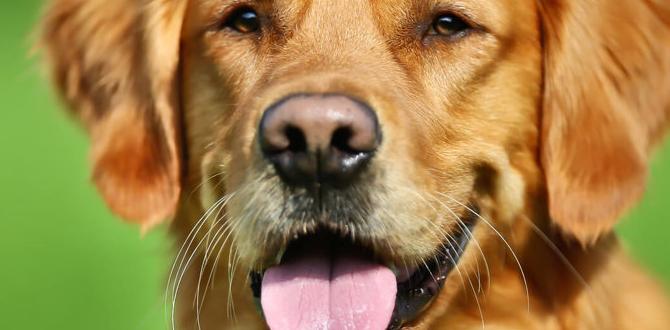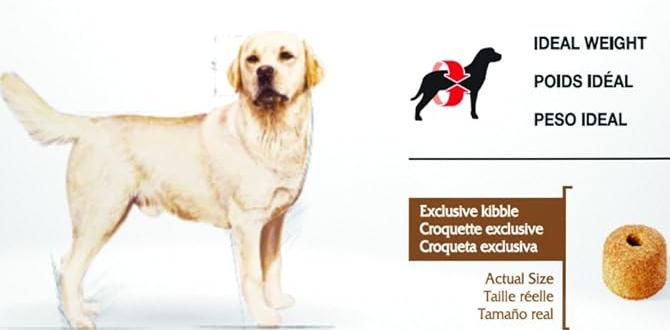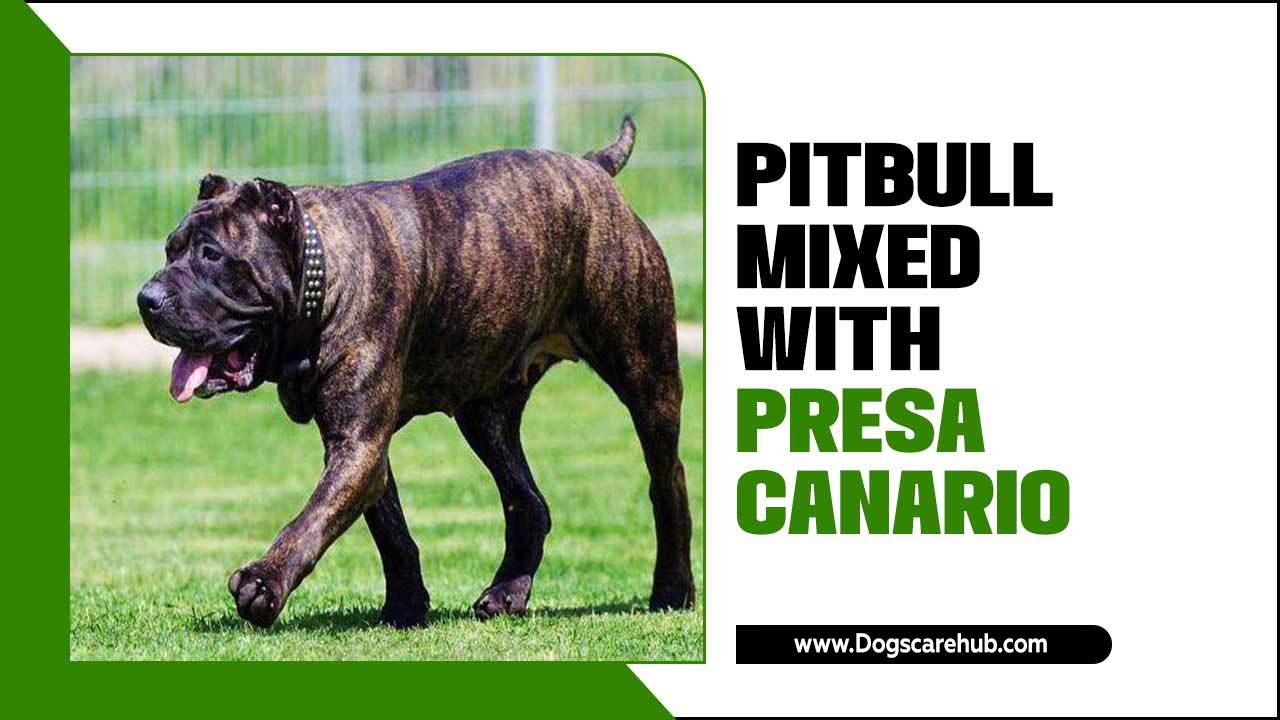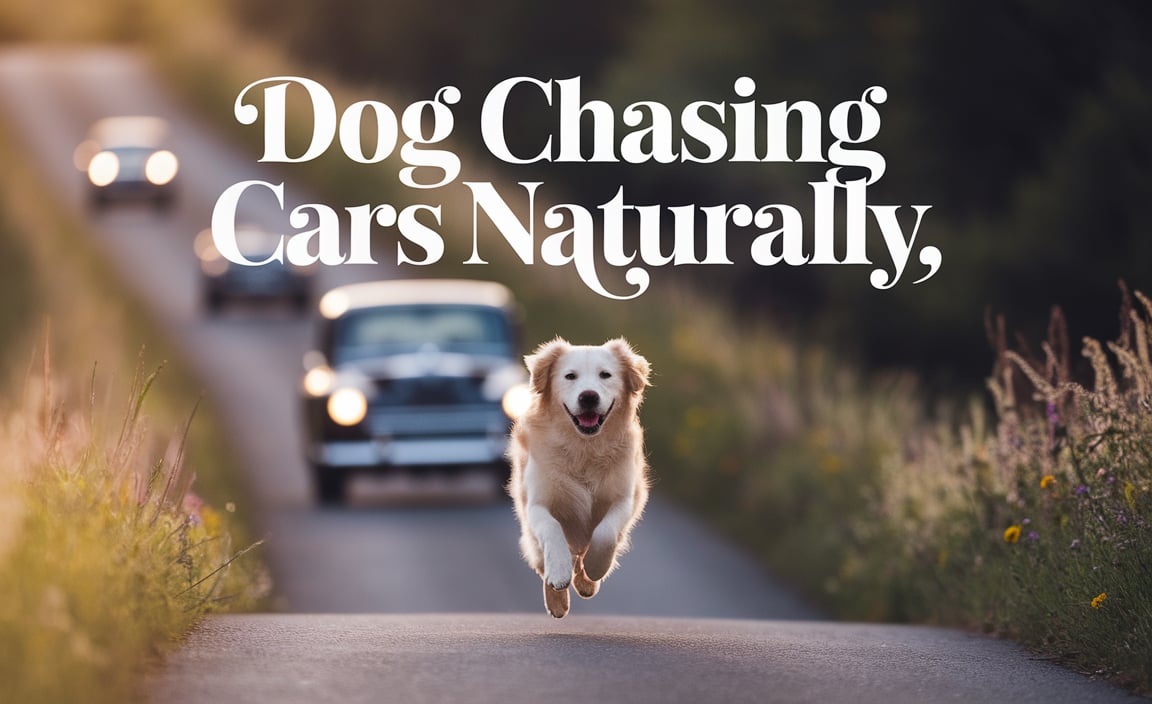Understanding and Addressing Dog Jealousy Issues at Home
Dog jealousy issues at home are a common concern for many pet parents. While we often attribute human emotions like jealousy to our canine companions, their behaviors are usually rooted in insecurity, resource guarding, or a perceived threat to their established routines and relationships. Understanding the underlying causes is the first step towards implementing effective, effortless solutions that promote a harmonious living environment for everyone in the household – both two-legged and four-legged.
The reality is, dogs are social animals, and they thrive on predictability and a strong bond with their human family. When this perceived stability is disrupted – whether by a new pet, a new baby, a visiting guest, or even just a shift in your attention – they can exhibit behaviors that we interpret as jealousy. These can range from subtle nudges and demanding barks to more overt actions like blocking access, growling, or even nipping. The good news is that with patience, consistency, and the right strategies, these behaviors can be managed and often resolved.
Recognizing the Signs of Dog Jealousy
Before we can solve the problem, we need to be able to identify it. Common signs of jealousy in dogs include:
Excessive Attention Seeking: Constantly nudging your hand, jumping on you, barking incessantly, or performing “tricks” only when you are interacting with someone or something else.
Blocking or Interfering: Positioning themselves between you and the object of their perceived affection (another person, pet, or even an item), or physically getting in the way.
Resource Guarding: Displaying possessive behaviors over you, toys, food, or even specific spots in the house. This can escalate to growling, snapping, or biting if their “possession” is approached.
Destructive Behavior: Chewing furniture, digging, or other destructive acts, particularly when left alone or when attention is diverted. This can be a sign of anxiety stemming from their perceived lack of security.
Changes in Affection: Suddenly becoming overly clingy or, conversely, withdrawn and less affectionate.
Aggression Towards Others: Growling, lunging, or snapping at people or other animals when they interact with you.
It’s crucial to distinguish jealousy from genuine fear or territoriality, although these can sometimes intertwine. If you are unsure, consulting a veterinarian or a certified professional dog trainer is always recommended.
Effortless Solutions for Managing Dog Jealousy Issues at Home
The key to effortless solutions lies in proactive management and consistent training. Forcing a dog to tolerate a situation they are uncomfortable with will likely exacerbate the problem. Instead, we aim to build their confidence, reassure them of their value, and teach them appropriate ways to interact.
Building a Strong Foundation of Training and Routine
A well-trained dog is a more confident dog, and confidence is a powerful antidote to insecurity.
Basic Obedience: Ensure your dog has a solid grasp of basic commands like “sit,” “stay,” “come,” and “leave it.” These commands are not just about control; they are about communication and establishing your leadership. Practice these commands regularly and reward successful execution.
Consistent Routine: Dogs thrive on predictability. Maintain consistent feeding times, walking schedules, and bedtime routines. When routines change unexpectedly, many dogs experience stress, which can manifest as jealousy-related behaviors.
Positive Reinforcement: This is paramount. Reward calm, appropriate behavior generously with praise, treats, or toys. This teaches your dog what you want them to do, rather than punishing them for what you don’t.
Addressing the “Rival” Person or Pet
This is often where dog jealousy issues at home become most apparent.
Controlled Introductions: If the jealousy stems from a new pet or person, manage introductions very carefully. Start with short, supervised interactions in neutral territory. Ensure the focus is not solely on the newcomer.
Involve the “Rival” in Positive Experiences: Have the new person or pet participate in enjoyable activities with your dog, such as feeding, grooming, or playtime. This helps your dog associate the “rival” with good things.
Avoid Direct Confrontation: It’s tempting to scold your dog when they act jealously towards someone. However, this can often be interpreted by the dog as you getting upset because of the “rival,” reinforcing their negative association. Instead, calmly redirect your dog’s attention and reward them for settling.
Teach a “Place” Command: Train your dog to go to a specific mat or bed on command. This is incredibly useful for managing situations where you need your dog to calmly observe you interacting with others. Reward them for staying on their place.
Ensuring Your Dog’s Needs are Met
Sometimes, what appears as jealousy is simply unmet needs for stimulation or attention.
Adequate Exercise: A tired dog is a happy dog. Ensure your dog is getting enough physical and mental stimulation every day. Boredom and pent-up energy can lead to disruptive and attention-seeking behaviors.
Dedicated “You” Time: Even busy owners can carve out a few minutes each day for focused, one-on-one interaction with their dog. This can be a cuddle session, a training game, or a short walk. Knowing they have your undivided attention can reduce their need to demand it.
Enrichment Activities: Puzzle toys, chew toys, and interactive games can keep your dog occupied and mentally stimulated, reducing their reliance on your presence for entertainment.
Seeking Professional Guidance
For persistent or severe dog jealousy issues at home, professional help is invaluable. A certified professional dog trainer or a veterinary behaviorist can:
Accurately diagnose the root cause of the behavior.
Develop a personalized training plan.
Provide hands-on guidance and support.
Help you implement strategies safely and effectively.
By understanding that dog jealousy is often a communication of insecurity rather than malice, and by implementing these practical, often effortless solutions, you can create a more peaceful and loving environment for your entire family. Remember, patience and consistency are your greatest allies in fostering a happy, well-adjusted canine companion.
Meet Elyse Colburn, the devoted canine companion and storyteller behind the enchanting world of “Tales, Tails, and Adventures Unleashed.” A passionate dog enthusiast with a heart full of paw prints, Elyse Colburn shares heartwarming tales and insightful adventures, celebrating the joy, loyalty, and endless antics that make every dog a true hero. Join Elyse Colburn on this tail-wagging journey, where every post is a love letter to our four-legged friends.





